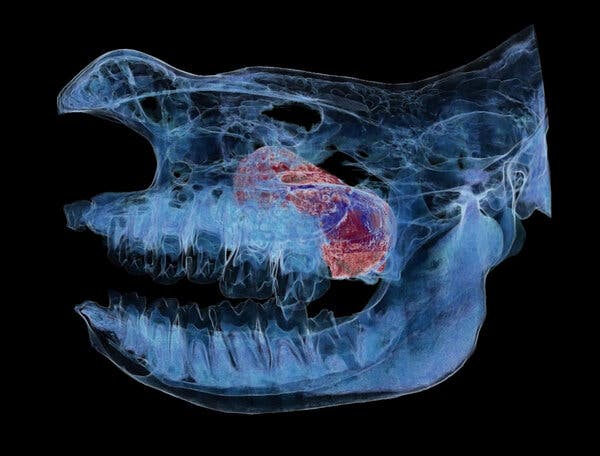Woe betide the rhinoceros radiologist.
“Radiologists are very comfortable with dogs, cats, horses, cows,” said Dr. Michael Adkesson, the president and chief executive of Brookfield Zoo Chicago.
But ask them to peer inside a critically endangered, 2,300-pound black rhino and they might quickly find themselves in uncharted territory. In 2018, after one of the zoo’s rhinos developed hard-to-diagnose breathing problems, Dr. Adkesson and his colleagues managed to take a CT scan of its head — and then found themselves wondering what the inside of a rhinoceros head was even supposed to look like.
“With zoo and wildlife animals,” Dr. Adkesson said, “we often just don’t have good reference data available.”
In an effort to solve this problem, Dr. Adkesson and his colleagues built the Zoo and Aquarium Radiology Database, which was unveiled last month.
The online database, a collaboration between seven zoological institutions, contains more than 1,000 medical images — X-rays and CT scans — of 50 different species, including the greater roadrunner, the cotton-top tamarin and the bowmouth guitarfish, also known as a shark ray. The goal is to have more than 10,000 images of 500 species by 2026.
